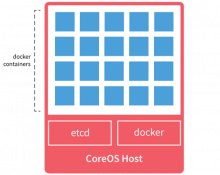Ten Linux Desktops Showing Just How Far Behind Mac OS X and Windows Designs Are
Linux doesn't have any kind of PR, and in the collective mind of the people, there is still an impression that Linux users spend their time inside the terminal and in dreary desktops. In fact, most of the current Linux desktops are much better than anything made by Apple of Microsoft.












































































